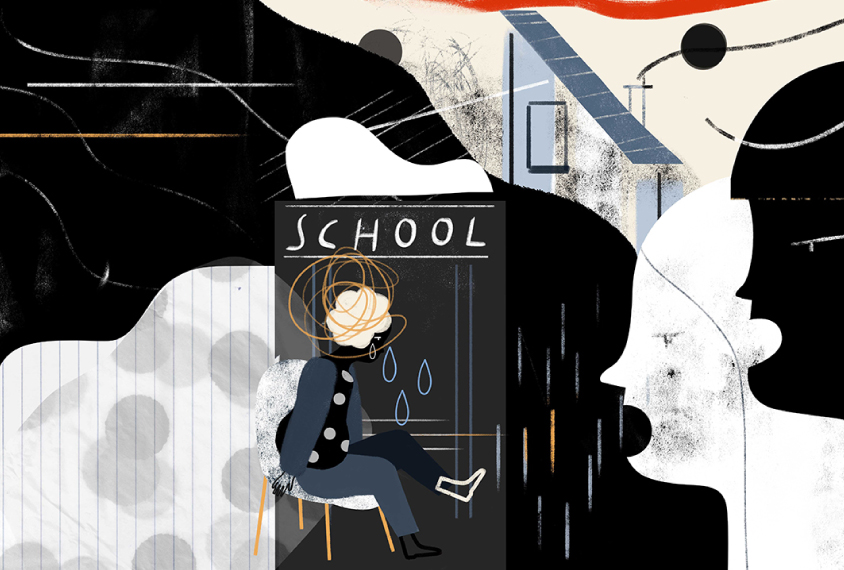Emily Sohn is a freelance journalist in Minneapolis. She writes mainly about health, science, adventure and complex conservation questions. Her stories have appeared in Nature, the Washington Post, NPR, Aeon, bioGraphic and many other publications. See more at www.tidepoolsinc.com.

Emily Sohn
Contributing writer
From this contributor
Maiken Nedergaard’s power of disruption
The award-winning researcher’s discoveries have changed the way we think about the brain; that’s exactly what her critics dislike.
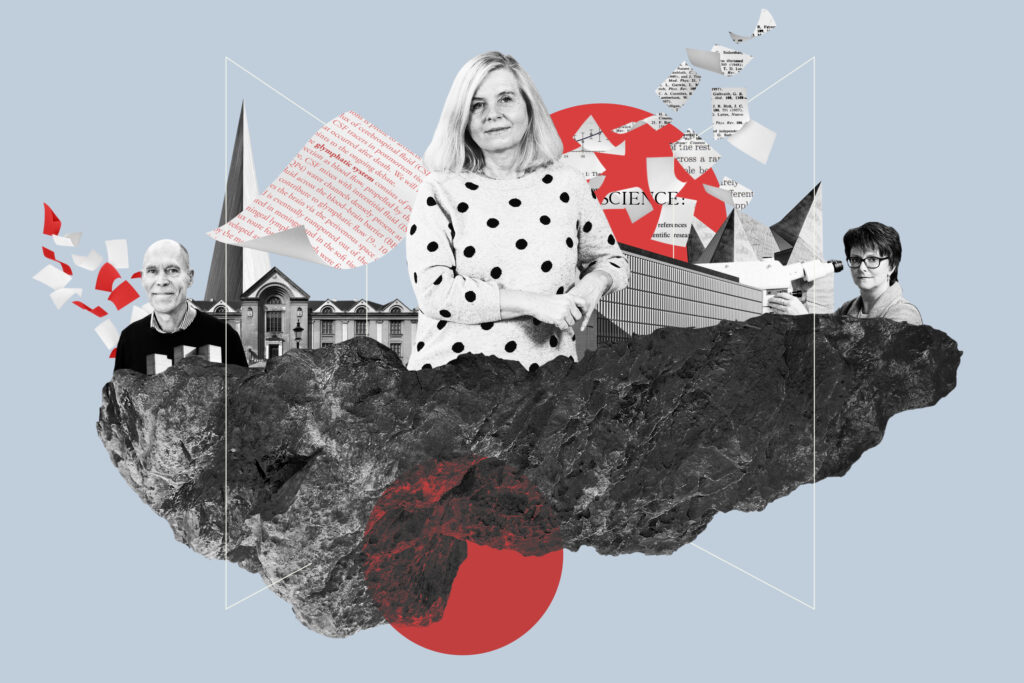
Maiken Nedergaard’s power of disruption
Rising star: Ann Kennedy bridges gap between biology, computational theory
A theoretical neuroscientist, Kennedy uses a blend of computational modeling and real-world experiments to understand how brain activity shapes the behaviors of animals that model autism and other conditions.
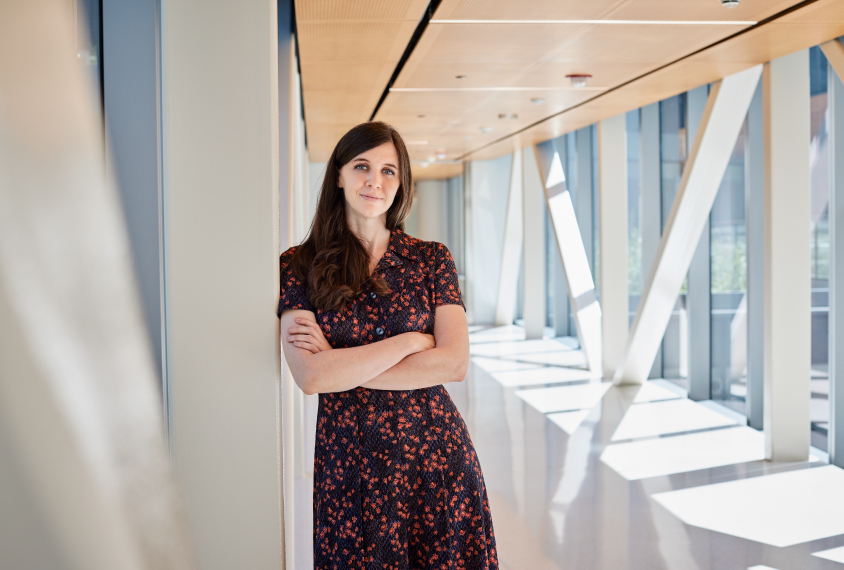
Rising star: Ann Kennedy bridges gap between biology, computational theory
Low standards corrode quality of popular autism therapy
Rapid growth and inadequate standards in the 'applied behavior analysis' industry may put vulnerable children in the hands of poorly prepared technicians.
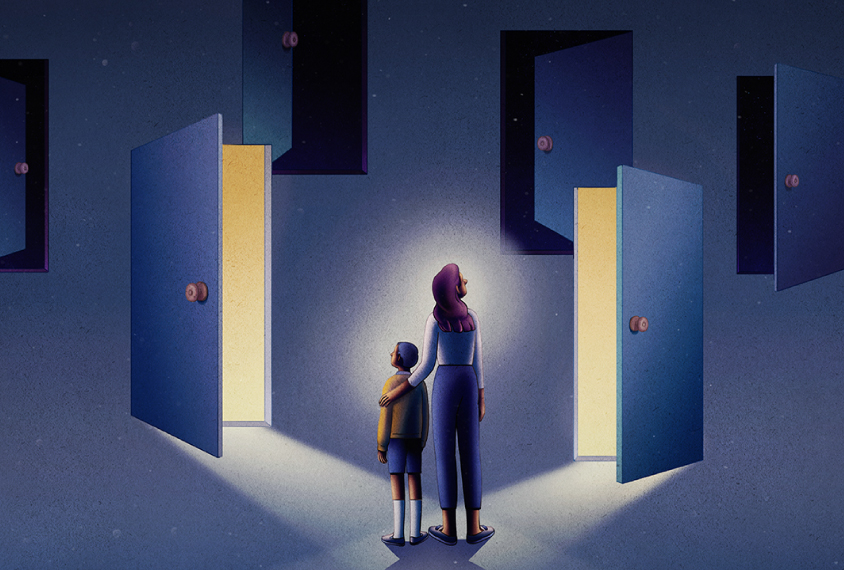
Low standards corrode quality of popular autism therapy
The blurred line between autism and intellectual disability
Doctors often conflate autism and intellectual disability, and no wonder: The biological distinction between them is murky. Scientific progress depends on knowing where the conditions intersect — and part ways.
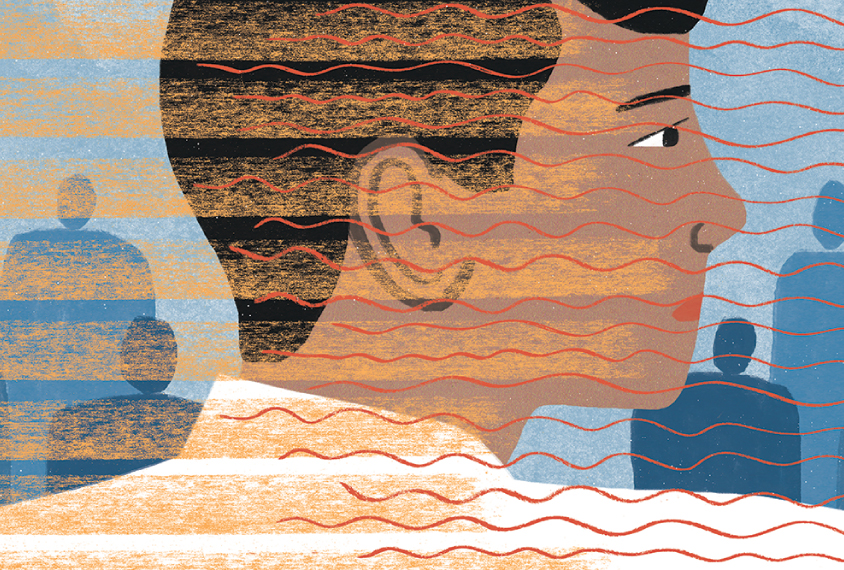
The blurred line between autism and intellectual disability
How abuse mars the lives of autistic people
Many people with autism experience a triad of trauma: neglect at home, abuse from trusted adults and bullying at school or work.
Explore more from The Transmitter
Not playing around: Why neuroscience needs toy models
Amid the rise of billion-parameter models, I argue that toy models, with just a few neurons, remain essential—and may be all neuroscience needs.

Not playing around: Why neuroscience needs toy models
Amid the rise of billion-parameter models, I argue that toy models, with just a few neurons, remain essential—and may be all neuroscience needs.
Psychedelics research in rodents has a behavior problem
Simple behavioral assays—originally validated as drug-screening tools—fall short in studies that aim to unpack the psychedelic mechanism of action, so some behavioral neuroscientists are developing more nuanced tasks.

Psychedelics research in rodents has a behavior problem
Simple behavioral assays—originally validated as drug-screening tools—fall short in studies that aim to unpack the psychedelic mechanism of action, so some behavioral neuroscientists are developing more nuanced tasks.
New organoid atlas unveils four neurodevelopmental signatures
The comprehensive resource details data on microcephaly, polymicrogyria, epilepsy and intellectual disability from 352 people.

New organoid atlas unveils four neurodevelopmental signatures
The comprehensive resource details data on microcephaly, polymicrogyria, epilepsy and intellectual disability from 352 people.
